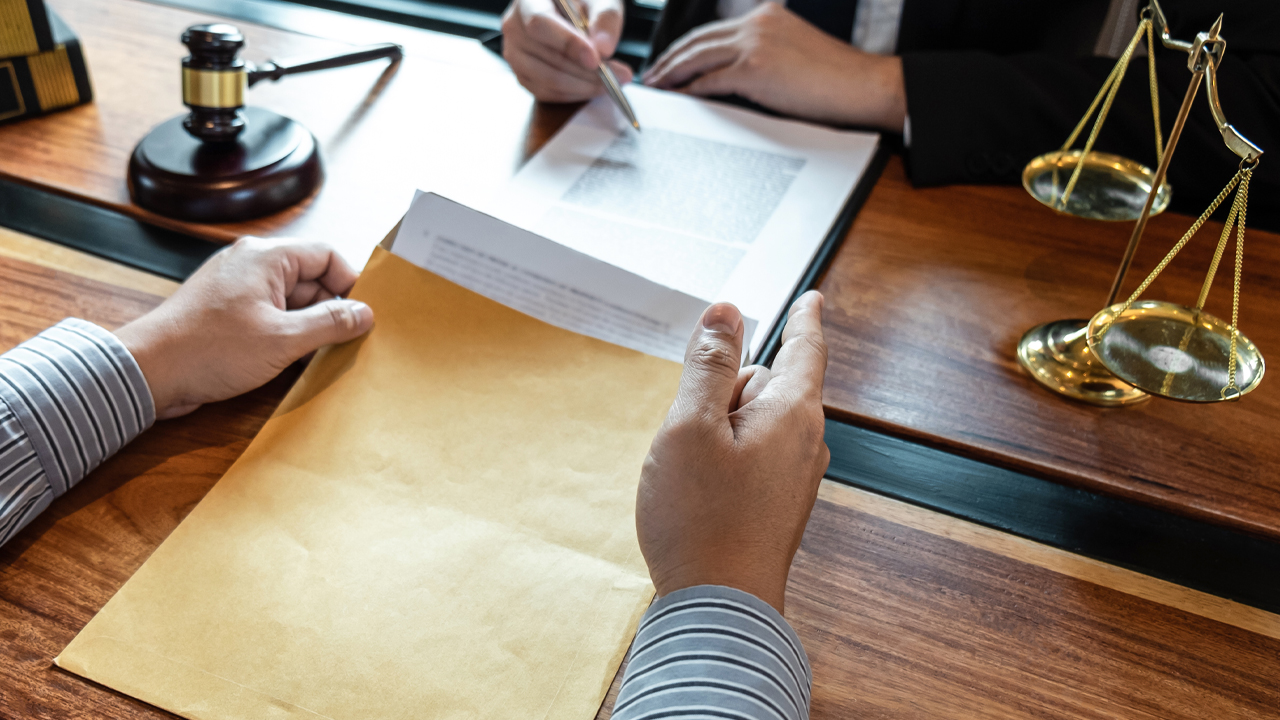The Power and Consequences of Abusive Technology Use
Let's be vigilant and responsible. We all have a role to play in combating cyber criminality and the spread of fake news, ensuring that technology is used for good rather than harm.

The Power and Consequences of Abusive Technology Use
In today's digital age, technology has become an integral part of our lives, offering countless benefits and conveniences. However, it also presents opportunities for misuse and abuse. One such example is the use of tools like Prankshit, which allows users to create fake social media screenshots and messages, and prank their friends on platforms like Facebook, Instagram, Snapchat, and SMS. While these tools can be used for harmless fun, they also have the potential to cause significant harm when used irresponsibly.
Abusive Uses of Technology
Spreading Misinformation: Tools like Prankshit can be used to create fake news and misleading information, which can spread rapidly across social media platforms. This can lead to widespread panic, confusion, and mistrust among the public.
Cyberbullying: Fake messages and social media posts can be used to harass, bully, or defame individuals. This can have severe emotional and psychological impacts on the victims.
Manipulating Public Opinion: During sensitive times like elections, fake news can be used to manipulate public opinion and influence the outcome of the vote. This undermines the democratic process and can lead to unfair and unjust results.
Scams and Fraud: Fake messages and emails can be used to deceive people into providing personal information or money. This can result in financial loss and identity theft.
The Impact of Fake News
Fake news and misleading information can have far-reaching consequences on our lives and society as a whole. Here are some of the key impacts:
Erosion of Trust: When people are exposed to fake news, it can erode their trust in the media, institutions, and even each other. This can lead to a more divided and polarized society.
Influence on Elections: As mentioned earlier, fake news can be used to manipulate public opinion and influence the outcome of elections. This can undermine the democratic process and lead to the election of candidates who do not truly represent the will of the people.
Public Health Risks: During health crises, such as the COVID-19 pandemic, fake news can spread misinformation about treatments, vaccines, and preventive measures. This can lead to people making dangerous decisions that put their health and the health of others at risk.
Economic Impact: Fake news can also have economic consequences. For example, false information about a company's financial health can lead to stock market fluctuations and financial losses for investors.
The Importance of Verifying Information
Given the potential harm that fake news and misleading information can cause, it is crucial to verify information from reliable sources before believing or sharing it. Here are some tips for verifying information:
Check the Source: Ensure that the information comes from a reputable and reliable source. Be wary of websites and social media accounts that you are not familiar with.
Cross-Reference: Look for other sources that confirm the information. If multiple reputable sources report the same information, it is more likely to be accurate.
Check the Date: Make sure the information is current and relevant. Sometimes, old news can resurface and be mistaken for current events.
Use Fact-Checking Websites: Websites like Snopes, FactCheck.org, and PolitiFact can help verify the accuracy of information.
It's crucial for everyone to stay vigilant and responsible. By doing our part, we can make sure that technology remains a force for good, helping to build a safer, more truthful digital world.





































